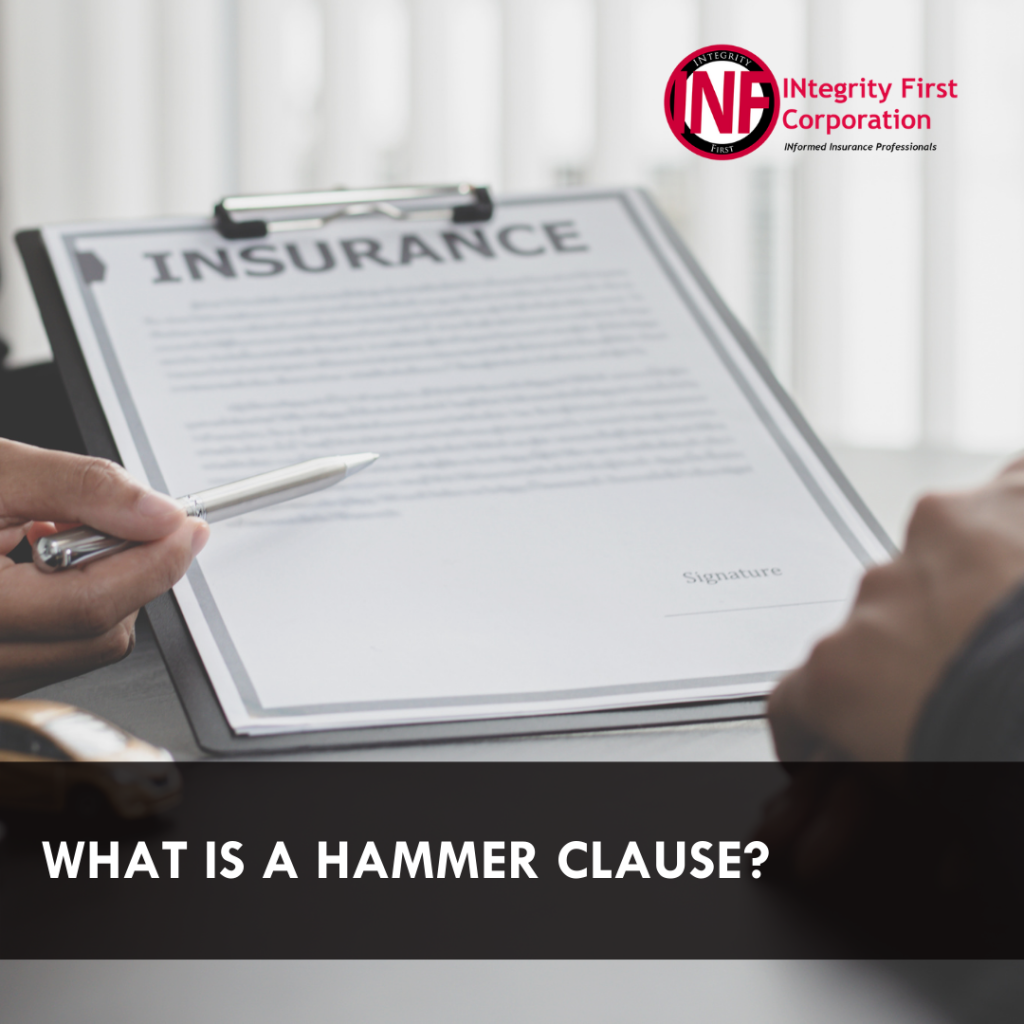
The most common question I get as an insurance broker from new lawyers or new law firms is why did my premium on my professional liability insurance increase especially when we haven’t had any change at all in our areas of practice? And probably more important, we haven’t had any claims, but yet my premium goes up by 20%? What’s the deal? How did that happen?
Well, the simple answer to that question is, step rating. Step rating is really nothing more than the carrier’s attempt to price your increased exposure as you practice year to year.
As an example, the very first year that you, the lawyer, purchase a professional liability policy is probably going to be the least amount that you ever pay for professional liability insurance. The reason for that? You have no baggage, the carrier is basically covering you from the effective date of your policy, day one, going forward, there’s nothing in your past that actually is going to impact the premium, or gives the carrier concern that there might be a claim out there waiting to happen.
Your first renewal, the carrier not only is going to price it for everything that you’ve done in the past, you know, which is one year, however, they also have to price it for what you’re going to do for the next 12 months. Therefore, their exposure basically doubles. Therefore, they have to increase your premium to capture that risk.
The same holds true for the third year, not only is the carrier going to insure you for everything that you’re going to do for the third year, but they’re also insuring you for everything that you did in year two and year one. Basically, their exposure is tripling – they have to capture that risk by again, increasing your premium.
The good news behind step rating is that there is a cap to it. It’s not going to increase your premium for the next 30, 40 years. Depending on the carrier, step rating could cap at five years, could cap at six years, could cap at seven years. Again, it depends on the carrier that you’re insured with. But again, the good news is that it does cap, it doesn’t continue on and on and on.

